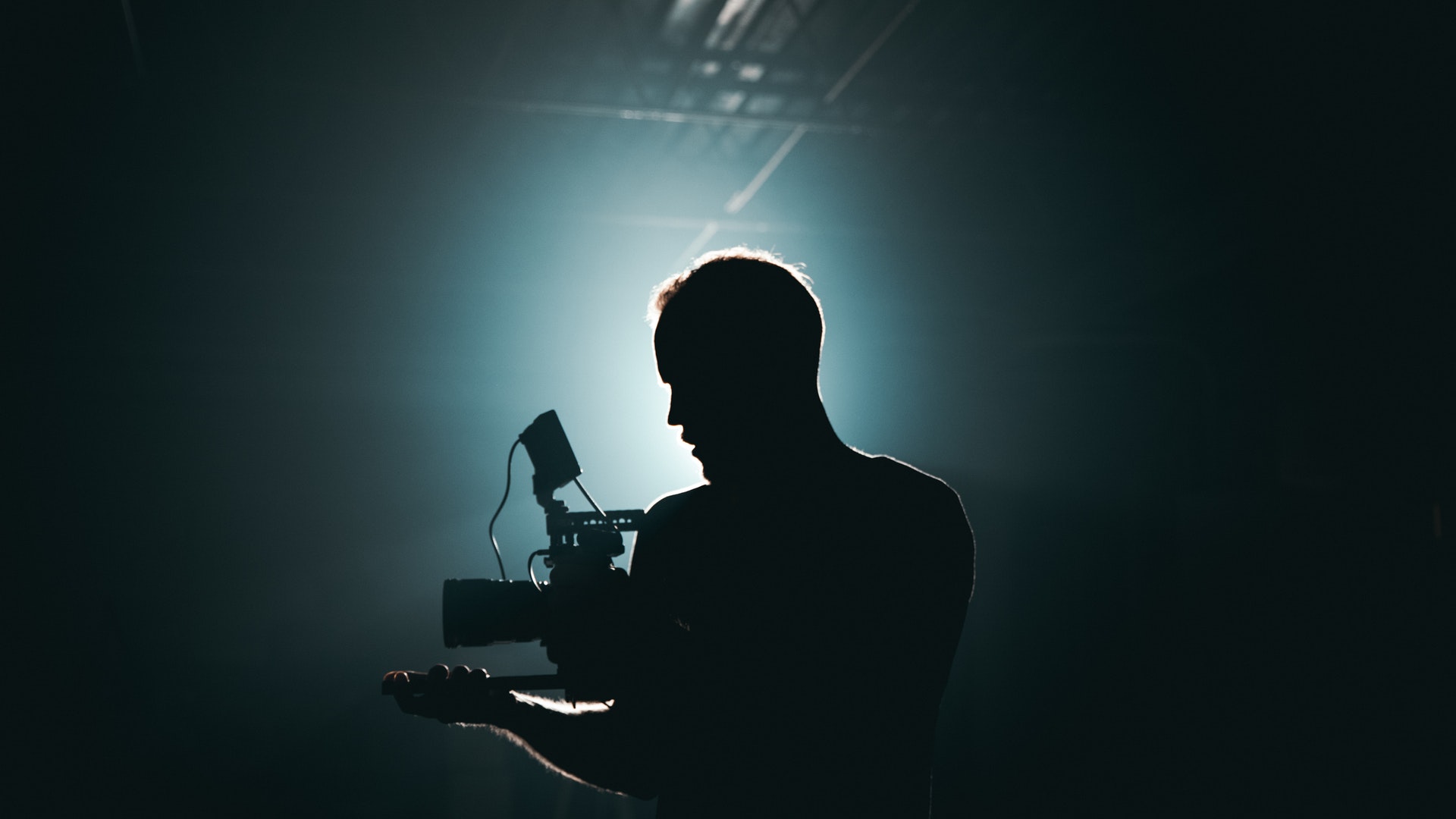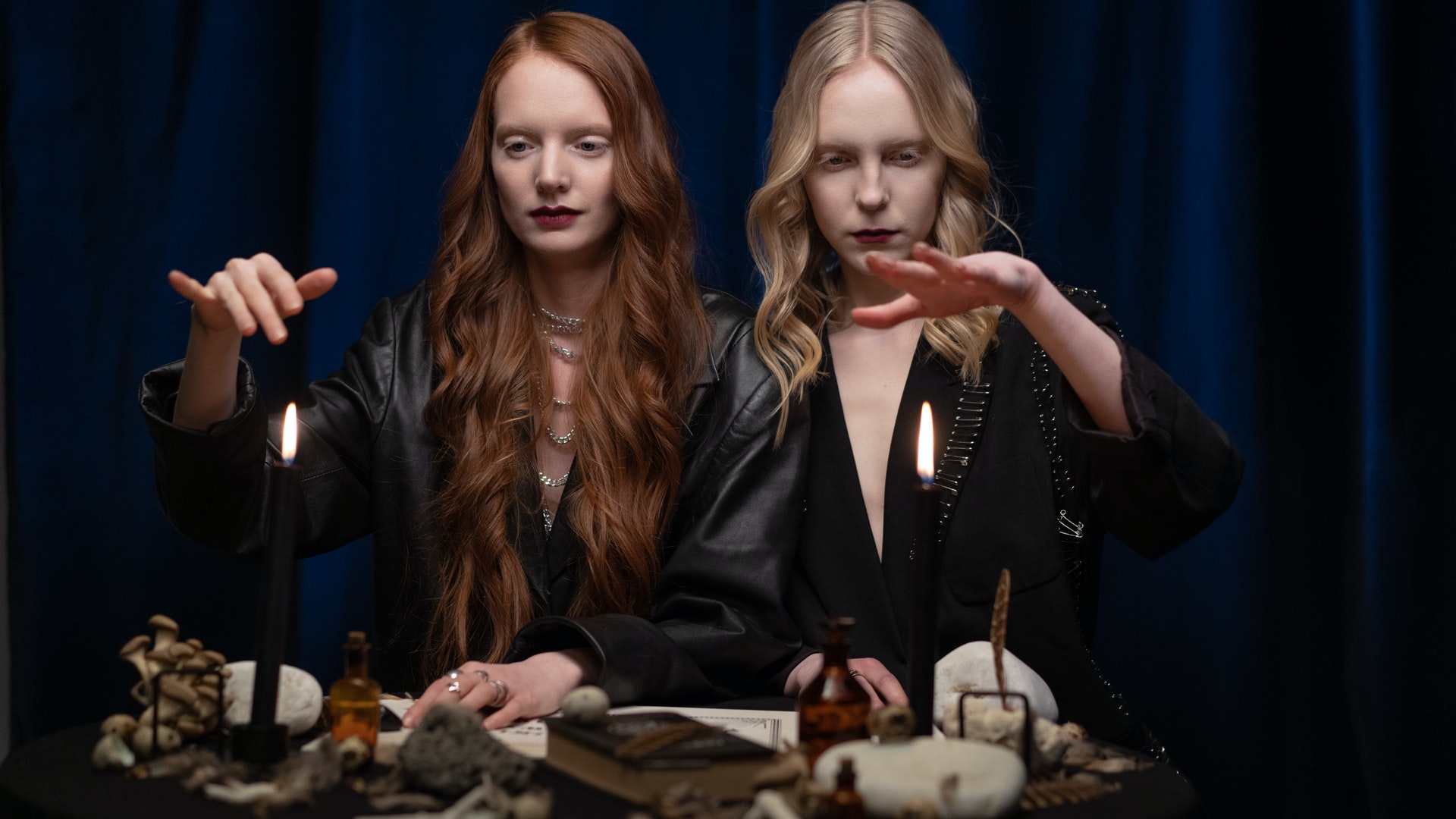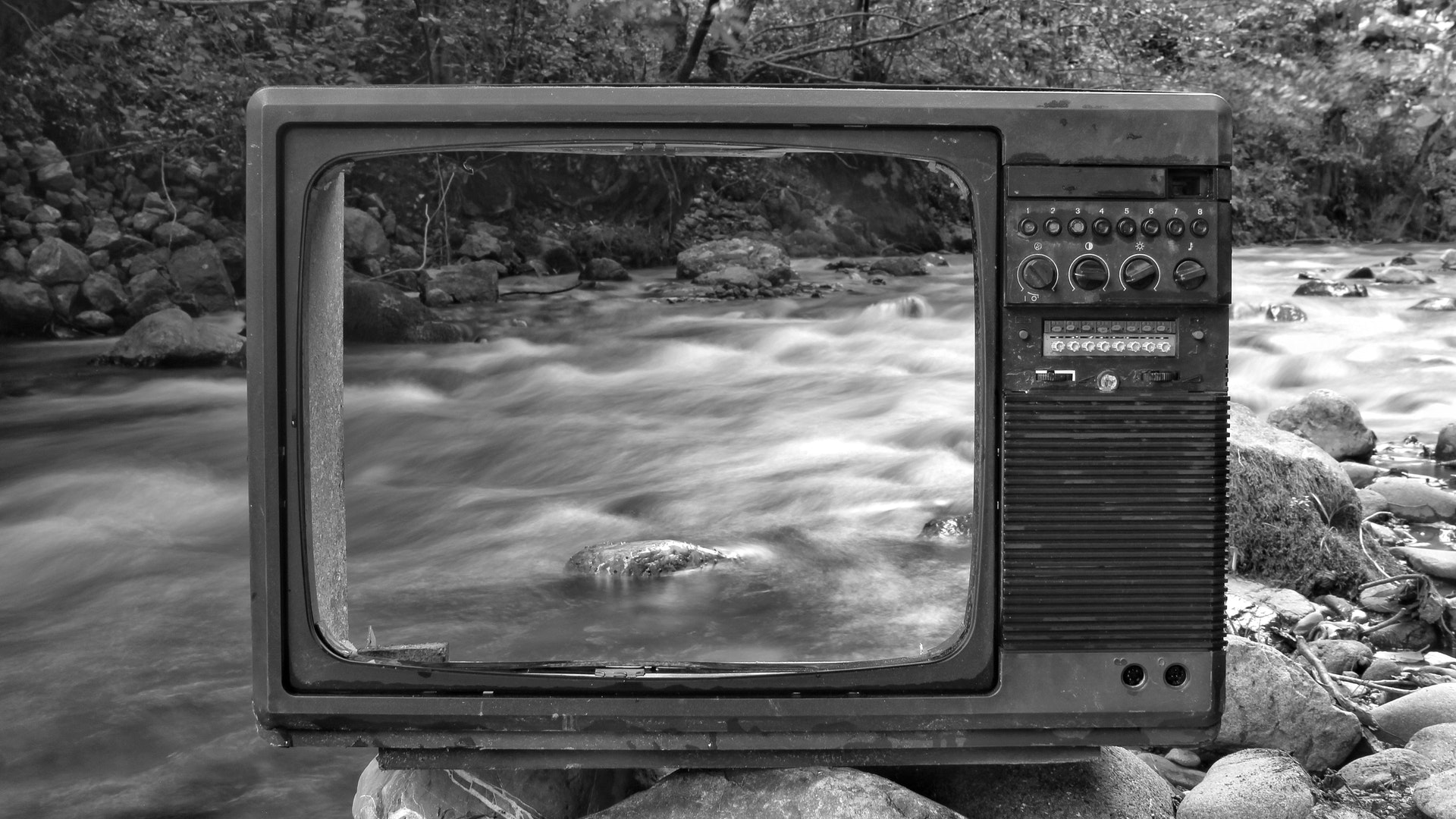Visual effects, commonly known as VFX, allow filmmakers to improve a narrative by bringing believable people, settings, and stunts to life.
While visual effects are often associated with blockbuster feature films, they are also used in other kinds of movies to accomplish stunts that would be difficult to capture in the real world. Filmmakers also incorporate minor visual effects into more realistic movies to better express their stories.
Why Use VFX?
Visual effects (VFX) in cinema refer to the fabrication or modification of any on-screen imagery that does not exist in reality. A live-action shot would not be able to realistically depict environments, objects, creatures, or even people without the use of visual effects (VFX). VFX in movies (CGI) regularly combines live-action footage and computer-generated graphics.
What Sets Visual Effects and Special Effects Apart?
It is not appropriate to use the terms “visual effects” and “special effects” interchangeably (SFX). SFX, as opposed to VFX, is accomplished in real-time while a movie is being filmed; examples include pyrotechnics, artificial rain, animatronics, and prosthetic makeup. After filming, post-production is used to apply all VFX.
Various Visual Effects
Top visual effects studios have teams of VFX artists who are experts in their respective fields and VFX supervisors. Most VFX types fall into one of these categories:
CGI
Digitally produced visual effects (VFX) for movies and television are collectively referred to as “computer-generated imagery.” When addressing 3D VFX, CGI is usually included. The most popular CGI technique is creating 3D models of objects, surfaces, and living things. When artists employ CGI VFX to create an imaginary creature like a dragon or monster, their application is most obvious. Visual effects, though, can also be more subdued. For example, VFX artists might de-age an actor to make them appear younger, as Robert De Niro did in Martin Scorsese’s The Irishman, or they can utilize VFX to fill a baseball stadium with a mob of jubilant spectators.
Creating
Compositing, sometimes known as “chroma keying,” is a technique used by visual effects (VFX) artists to bring together disparate visual elements to create the illusion that they are in the same location. This method of creating visual effects calls for using a green or blue screen during filming, which another element will later replace by compositors utilizing compositing software. Matte paintings, which are representations of settings or landscapes that are composited with live-action film, were an early method of compositing that produced this effect. The Emerald City scenery from The Wizard of Oz is one of the most well-known examples of a matte painting used as an optical composite.
Motion capture
Motion capture, sometimes called “mocap,” digitally captures an actor’s movements and then converts those movements to a computer-generated 3D model. This procedure is frequently referred to precisely as “performance capture” when it involves capturing an actor’s facial expressions. In one popular motion capture technique, an actor is dressed in a suit covered in unique markers that a camera can follow (or, in the case of performance capture, with dots painted on the actor’s face). Using motion capture software, the data from the cameras is then projected into a 3D skeleton model.



